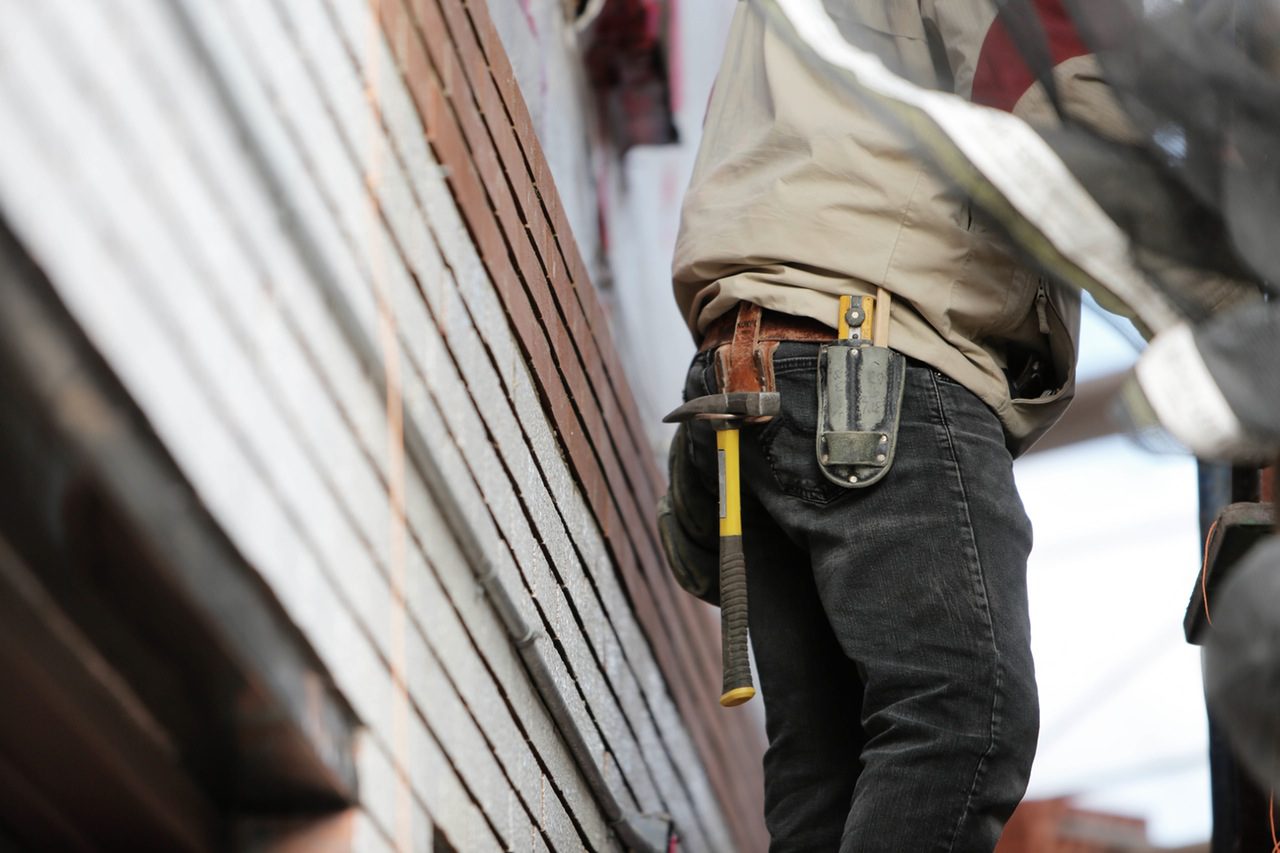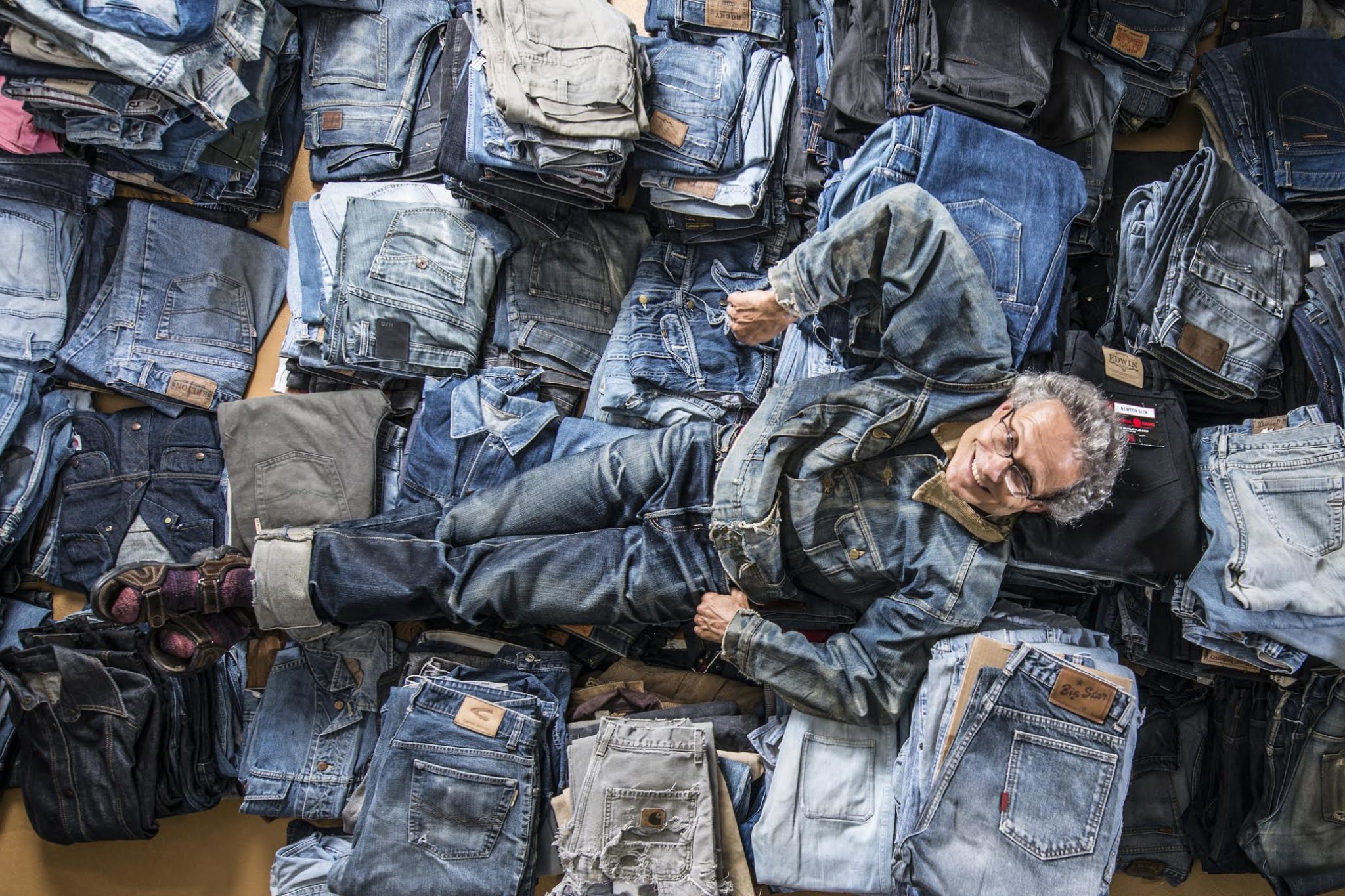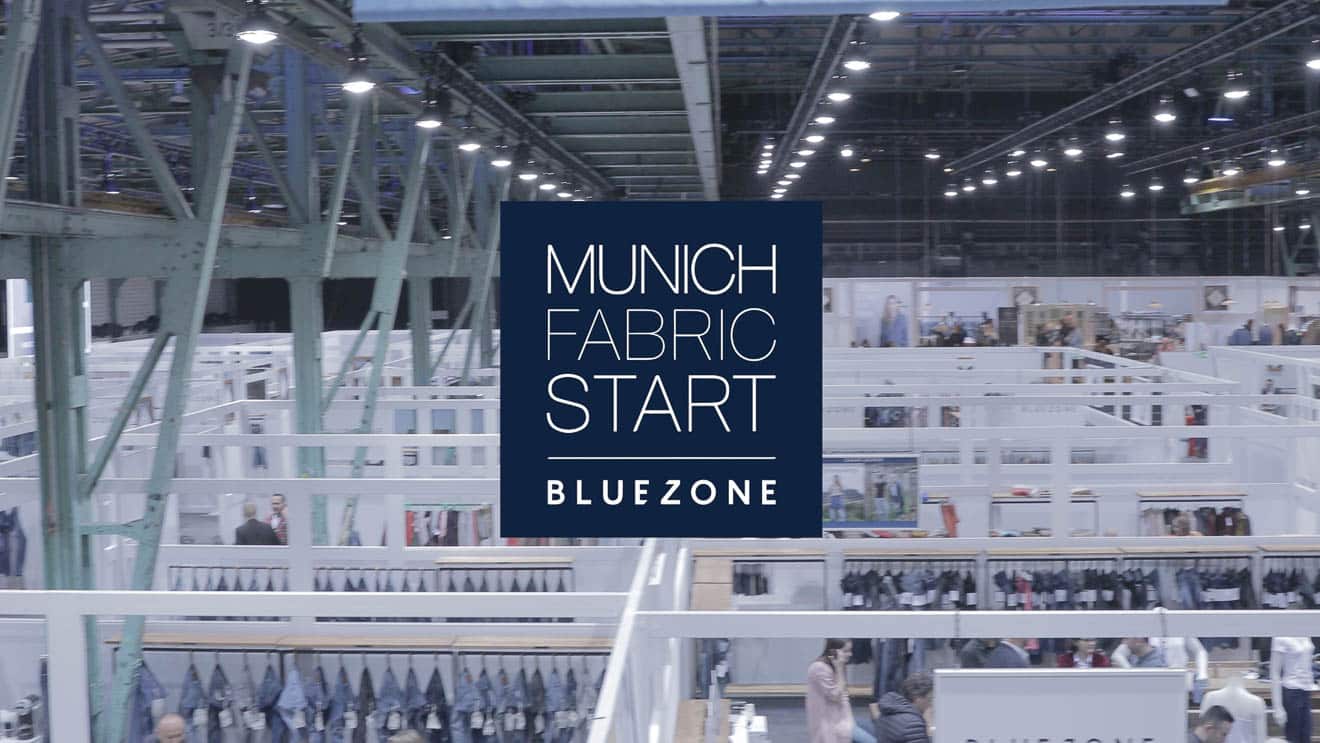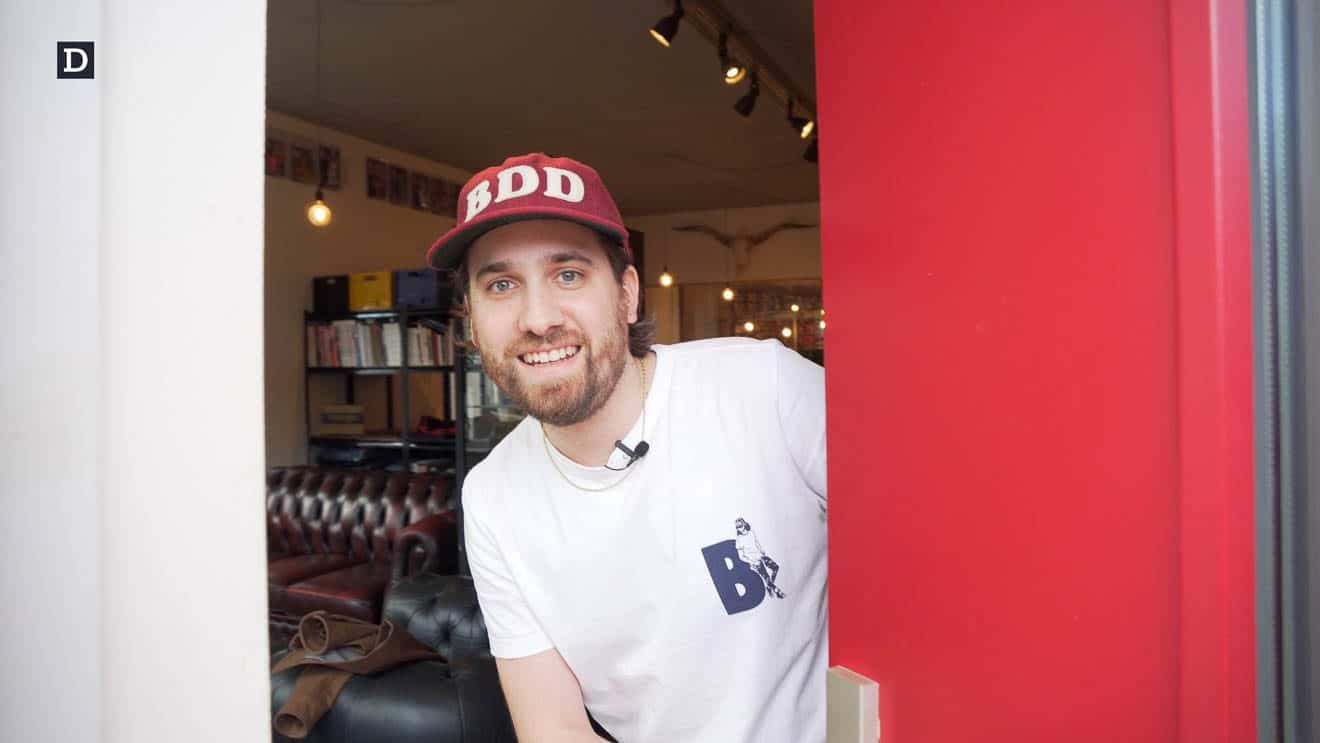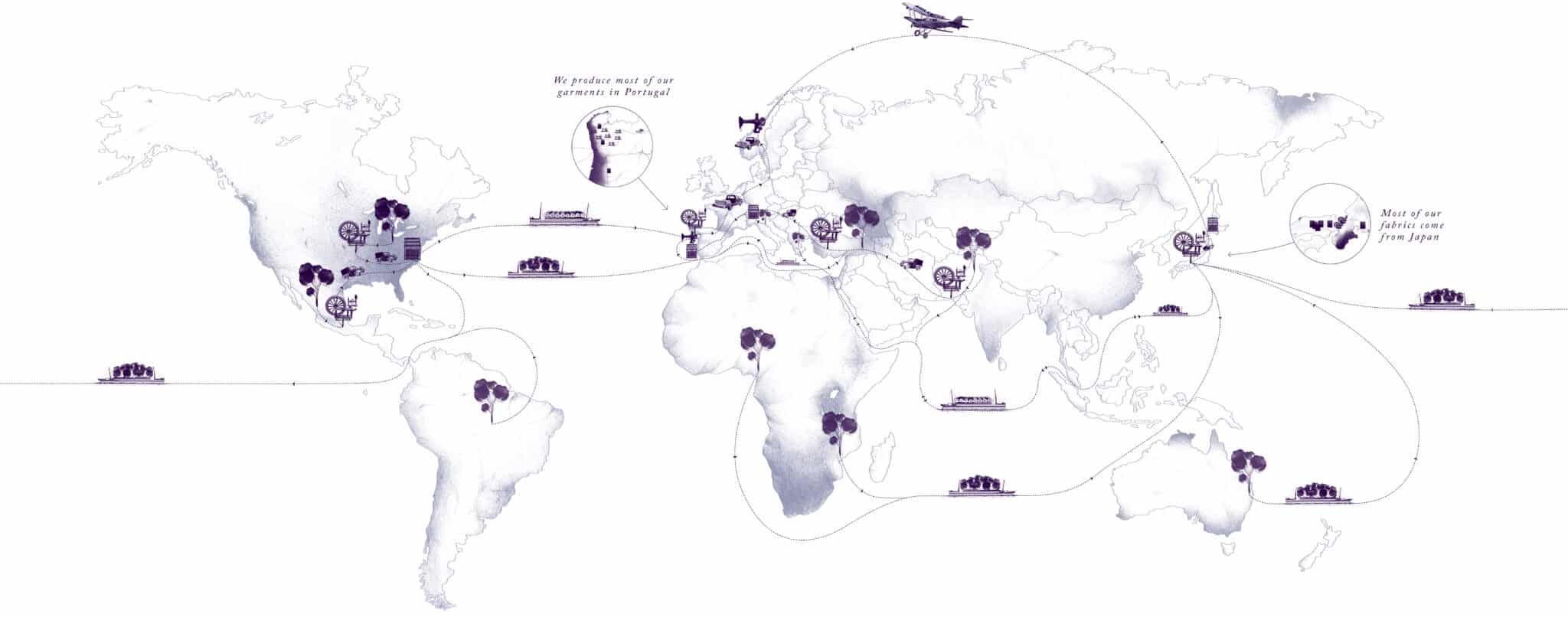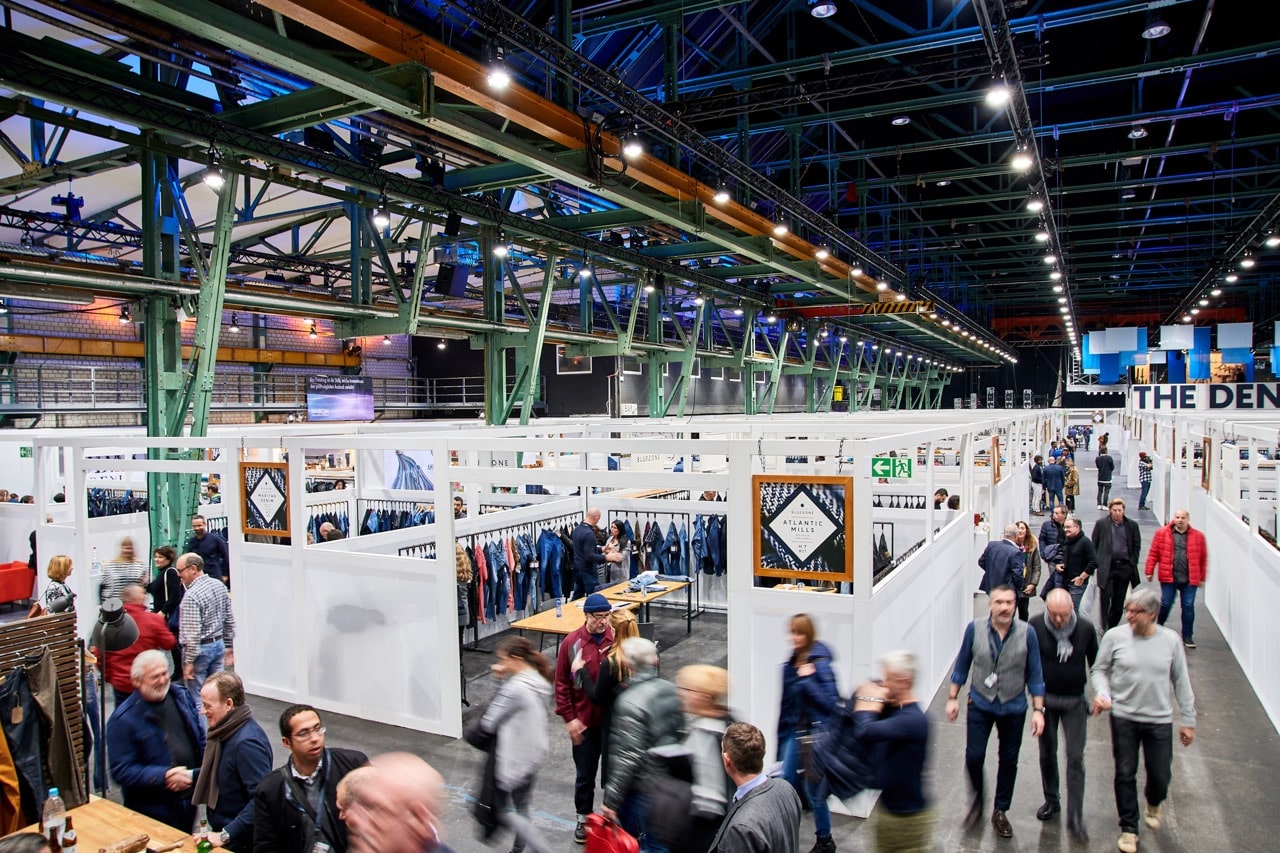
This is a guest post by Stefano Aldighieri, the founder of Another Design Studio. Stefano has worked with start-ups and international organisations in four countries. He’s been the creative director for Hudson Jeans and 7 for all Mankind, and the design director for Levi Strauss & Co. He’s currently the creative director at Arvind Limited.
Form and Function Aren’t Enough, You Need Fashion As Well
You surely know the adage ‘form follows function.’ It often comes up when you start scrutinising the design of a product, and the success or failure of it.
Is the design mostly about form, meaning its external appearance? Or is it about function, in other words, does it merely serve a purpose? Can poor functionality be forgiven simply because the form is spectacular? And is it a better product because it serves a function without any frills?
I’ve been asking and answering such questions for years, and I’ve realised that the two components alone often don’t provide a sufficient basis for a proper analysis. Something’s missing.
As my career moved from architecture to textiles and then to clothing design, I learned that you can’t examine garments solely with the ‘form versus function debate.’ You have to always place it in a social, geographical, and temporal context as well. In other words, you have to consider fashion.
Why Some Products Don’t Age Well
You probably know the feeling: You see an old picture of yourself, and you realise that some of the garments you loved and wore ten or twenty years ago are so outdated today that you wouldn’t want to be seen dead wearing them.
Why is it that we think some products look phenomenal when they’re first designed and manufactured, but quickly perceive them as not only ‘old’ and obsolete but even, in some cases, absolutely ridiculous?
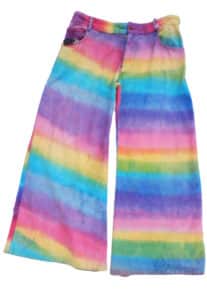
The function usually doesn’t change.
A pair of bell bottom corduroys in rainbow stripes serve exactly the same function today as they did back in the summer of 1967; they’re pants, nothing’s changed!
The product’s form?
Sticking with the corduroys, they got two legs, five pockets, buttons, zippers, 1.5 yards of fabric. Although corduroy and bell bottoms aren’t as common today as they were then, they’re still essentially the same.
Still, rocking such a pair of corduroys today would surely get you a lot of attention.
… while Some Products Become Timeless Classics
On the other hand, there are products that look just as good today as they did when they were first made twenty, thirty, fifty or even a hundred years ago. You only need to look at the Levi’s 501 for proof of that.
The function and form haven’t changed much.
The classic jean is just as perfectly simple today as it was when it was first put together by a tailor and a dry goods merchant in the 1870s.
Then like now, they’re made from blue denim, a bunch of rivets, a handful of buttons, and some thread to hold everything together.
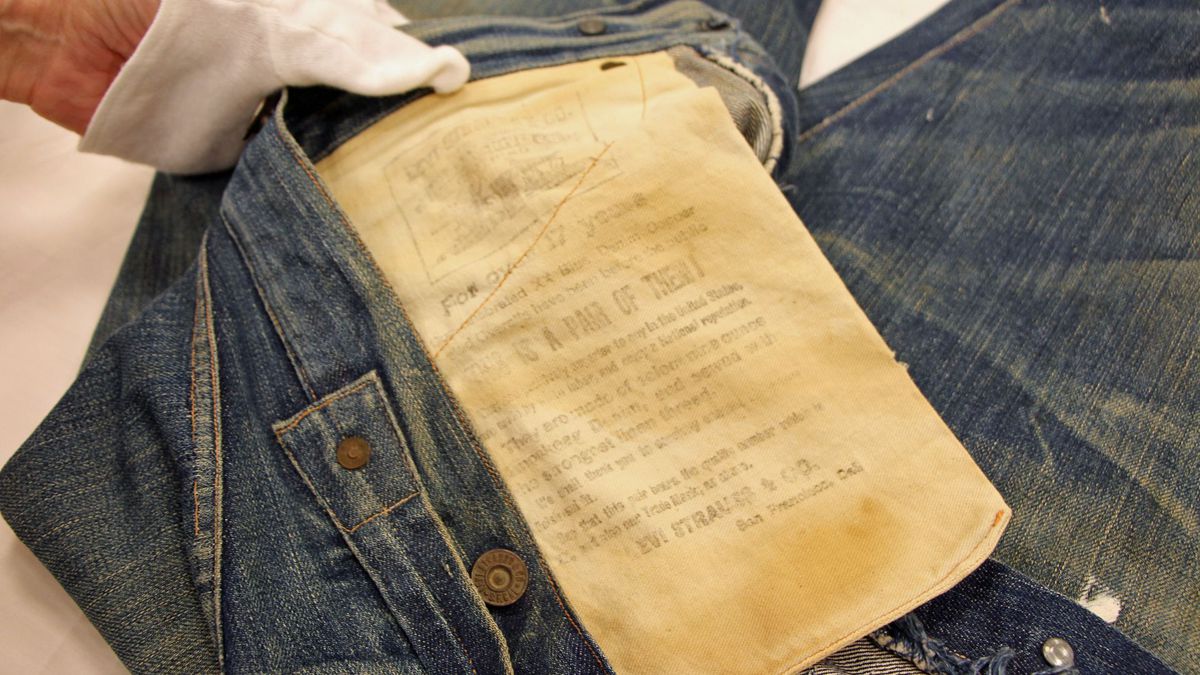
You could actually wear a pair of 1920s 501s today driving a Prius to that new restaurant, and nobody would laugh—you would actually look pretty cool!
What’s different between those corduroys from the ‘60s and a century-old pair of jeans is fashion.
The Importance of ‘Fashion’ For Jeans
In my opinion, ‘fashion’ is an invention created in a marketing department.
It was conceived to make sure consumers would quickly perceive their wardrobe as obsolete, and keep running to the stores looking for the latest product that could make them look ‘cool’ and ‘trendy.’
Form and Function On a 100-Point Scale
To illustrate this, let’s rate form, function—and later fashion—on a 100-point scale for three different kinds of blue jeans:
- Commodity denim work pants you buy at your local hardware store.
- A pair of traditional blue jeans (such as the Levi’s 501), made pretty much the same way today as they were 100 years ago.
- The latest and “greatest” designer jeans with gold everything, made in some exclusive premium denim, designed by the hottest celebrity, finished and painstakingly destroyed with all the latest garment finishing to make it look like it was worn for ten years by a bum on Skid Row.
Example #1: Commodity Jeans (60/40)
Function: To cover and protect your body as you perform some kind of heavy duty activity.
Form: Sturdy enough not to rip, thick enough to protect you from the cold and the heat, roomy enough to allow freedom of movement, large pockets, reinforced at the points of stress; must be able to withstand very frequent washing.
If you’d asked me what’s most important of the two, I’d say function gets 60 points and form gets 40.
Example #2: Classic Blue Jeans (50/50)
Function: To cover your body as you live your daily life.
Form: Anti-fit shape, durable indigo denim, five pockets (two in the back, two in the front and a small ‘watch pocket,’ made for the kind of pocket watches that people stopped carrying over fifty years ago).
For this kind of jeans, I’d rate function and form at 50 points each.
Example #3: Designer Jeans (10/90)
Function: To (sometimes barely) cover your body as you strut your stuff.
Form: As tight as possible to make your butt look three sizes smaller; huge embellishment on said butt so everybody knows what you are wearing and how much you paid; a colour, shape and fabric that will be obsolete by the time you reach the mall parking lot.
For designer jeans, function is not really important at, say, 10 points, while form gets 90.
Including Fashion On the 100-Point Scale
If we introduce ‘fashion’ as a third element, the rating would probably look a lot different. I’d put it at something like this:
Commodity Jeans:
- Function 59
- Form 39
- Fashion 2 (sometimes, even workwear will slightly adapt to the trends)
Classic Jeans Blue:
- Function 40
- Form 40
- Fashion 20 (fluctuating over the years a little, but pretty stable)
Designer Jeans:
- Function 10
- Form 10
- Fashion 80
Of course, there are no specific rules. It’s all very arbitrary, your conclusion may differ.
The point I want to make is that by introducing fashion, we arrive at very different evaluations of these three examples.
There’s No Correlation Between Price and Form/Function
On a side note, price isn’t reflected in form and function.
The most long-lasting pants—the commodity jeans and, to some extent, the classic blue jeans—will typically cost between 20 and 50 US dollars. Not a whole lot more.
The designer jeans, though, which will probably only last two dry cleaning cycles, will run anything between 150 and 400 bucks.
Which Products Can Become Classics?
I’ve applied this logic to other design objects, such as buildings, cars, electronics, and interior decoration. I always arrive at the same conclusion.
When you start a design process, you really need to identify what the real purpose of the product is. Keep in mind that different end uses will tilt the scale, and that the ‘best’ product will always have a harmonious balance between the form, function and fashion.
Whenever we forget this, we end up with products that are over or under-designed, over or under-performing, and potential market flops.
Get FREE Access to Exclusive Denim Training
Continue your denim education with the Denimhunters Academy.
Sign up for a FREE account here to get access to exclusive denim knowledge and training.
We’ll even deliver updates straight to your inbox!
Share